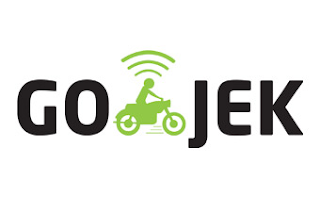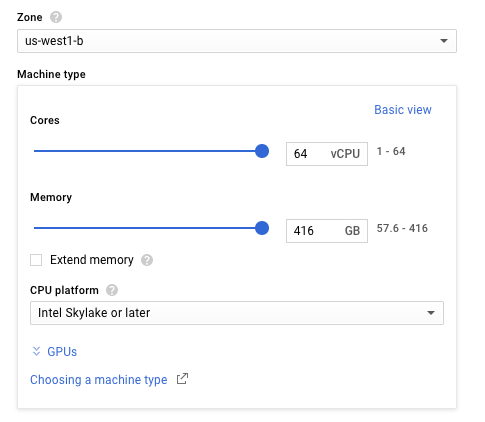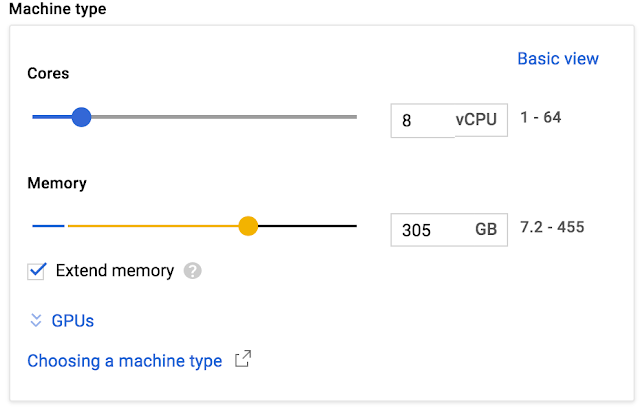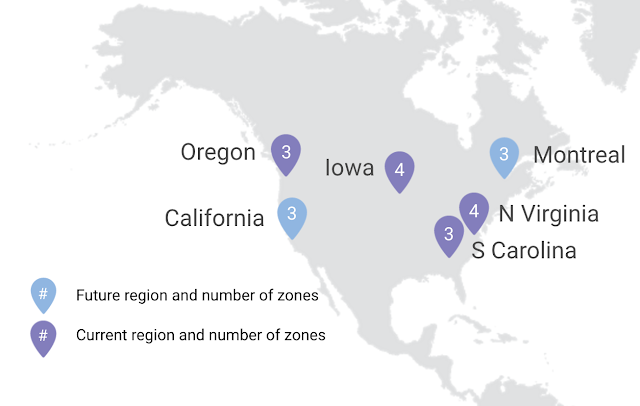What if getting answers about your key business metrics was as easy as asking a question in plain English? What if you could simply say, "How many new users did we have from organic search on mobile last week?" ― and get an answer right away?
Today, Google Analytics is taking a step toward that future. Know what data you need and want it quickly? Just ask Google Analytics and get your answer.
This feature, which uses the same natural language processing technology available across Google products like Android and Search, is rolling out now and will become available in English to all Google Analytics users over the next few weeks.
The ability to ask questions is part of Analytics Intelligence, a set of features in Google Analytics that use machine learning to help you better understand and act on your analytics data. Analytics Intelligence also includes existing machine learning capabilities like automated insights (now available on both web and the mobile app), smart lists, smart goals, and session quality.
How it Works
We've talked to web analysts who say they spend half their time answering basic analytics questions for other people in their organization. In fact, a recent report from Forrester found that 57% of marketers find it difficult to give their stakeholders in different functions access to their data and insights. Asking questions in Analytics Intelligence can help everyone get their answers directly in the product ― so team members get what they need faster, and analysts can spend their valuable time on deeper research and discovery.
Try it! This short video will give you a feel for how it works:
Beyond answering your questions, Analytics Intelligence also surfaces new opportunities for you through automated insights, now available in the web interface as well as in the mobile app. These insights can show spikes or drops in metrics like revenue or session duration, tipping you off to issues that you may need to investigate further. Insights may also present opportunities to improve key metrics by following specific recommendations. For example, a chance to improve bounce rate by reducing a page's load time, or the potential to boost conversion rate by adding a new keyword to your AdWords campaign.
To ask questions and get automated insights from Analytics Intelligence in our web interface, click the Intelligence button to open a side panel. In the Google Analytics mobile app for Android and iOS, tap the Intelligence icon in the upper right-hand corner of most screens. Check out this article to learn more about the types of questions you can ask today.
Help us Learn
Our Intelligence system gets even smarter over time as it learns which questions and insights users are interested in. In that spirit, we need your help: After you ask questions or look at insights, please leave feedback at the bottom of the card.
Your answers will help us train Analytics Intelligence to be more useful.
Our goal is to help you get more insights to more people, faster. That way everyone can get to the good stuff: creating amazing experiences that make customers happier and help you grow your business.
Happy Analyzing!
Today, Google Analytics is taking a step toward that future. Know what data you need and want it quickly? Just ask Google Analytics and get your answer.
This feature, which uses the same natural language processing technology available across Google products like Android and Search, is rolling out now and will become available in English to all Google Analytics users over the next few weeks.
The ability to ask questions is part of Analytics Intelligence, a set of features in Google Analytics that use machine learning to help you better understand and act on your analytics data. Analytics Intelligence also includes existing machine learning capabilities like automated insights (now available on both web and the mobile app), smart lists, smart goals, and session quality.
How it Works
We've talked to web analysts who say they spend half their time answering basic analytics questions for other people in their organization. In fact, a recent report from Forrester found that 57% of marketers find it difficult to give their stakeholders in different functions access to their data and insights. Asking questions in Analytics Intelligence can help everyone get their answers directly in the product ― so team members get what they need faster, and analysts can spend their valuable time on deeper research and discovery.
Try it! This short video will give you a feel for how it works:
Joe Whitehead, Analytics Consultant, Merkle | Periscopix |
Beyond answering your questions, Analytics Intelligence also surfaces new opportunities for you through automated insights, now available in the web interface as well as in the mobile app. These insights can show spikes or drops in metrics like revenue or session duration, tipping you off to issues that you may need to investigate further. Insights may also present opportunities to improve key metrics by following specific recommendations. For example, a chance to improve bounce rate by reducing a page's load time, or the potential to boost conversion rate by adding a new keyword to your AdWords campaign.
To ask questions and get automated insights from Analytics Intelligence in our web interface, click the Intelligence button to open a side panel. In the Google Analytics mobile app for Android and iOS, tap the Intelligence icon in the upper right-hand corner of most screens. Check out this article to learn more about the types of questions you can ask today.
Help us Learn
Our Intelligence system gets even smarter over time as it learns which questions and insights users are interested in. In that spirit, we need your help: After you ask questions or look at insights, please leave feedback at the bottom of the card.
Your answers will help us train Analytics Intelligence to be more useful.
Our goal is to help you get more insights to more people, faster. That way everyone can get to the good stuff: creating amazing experiences that make customers happier and help you grow your business.
Happy Analyzing!


















